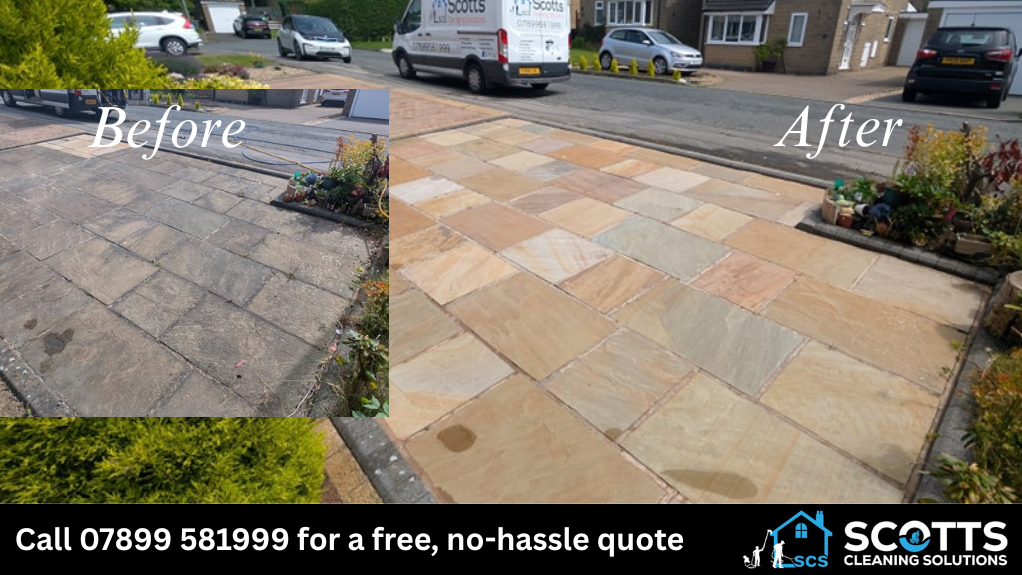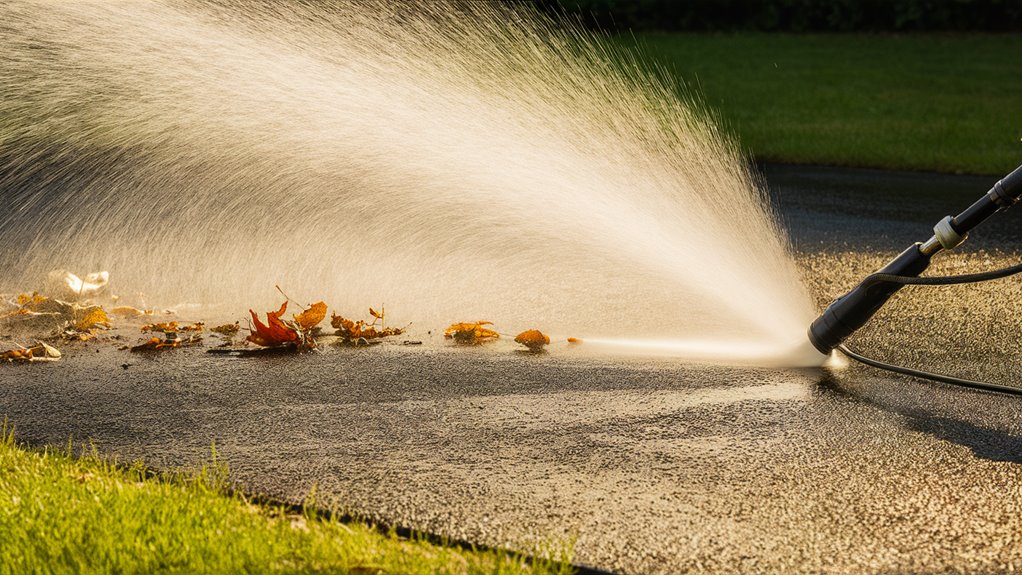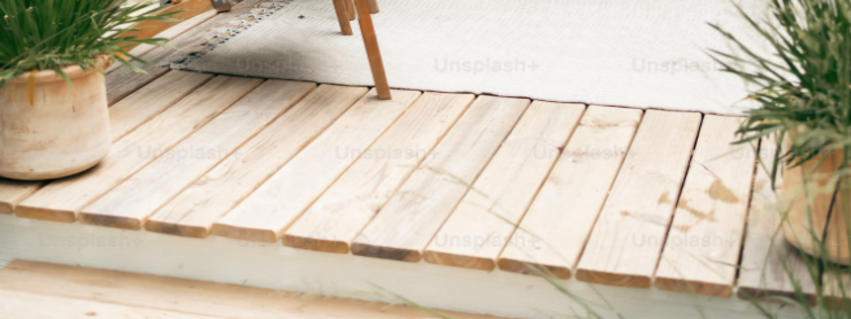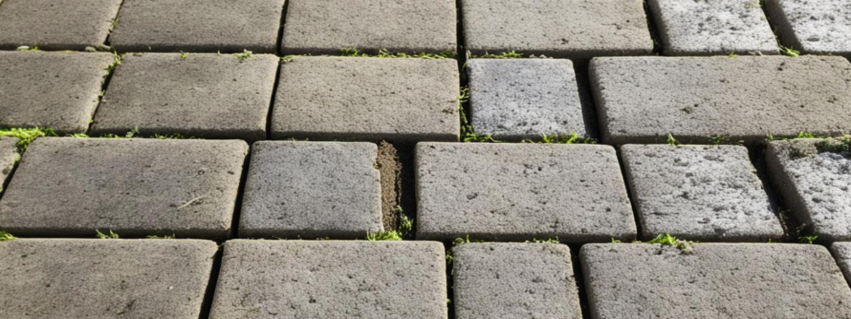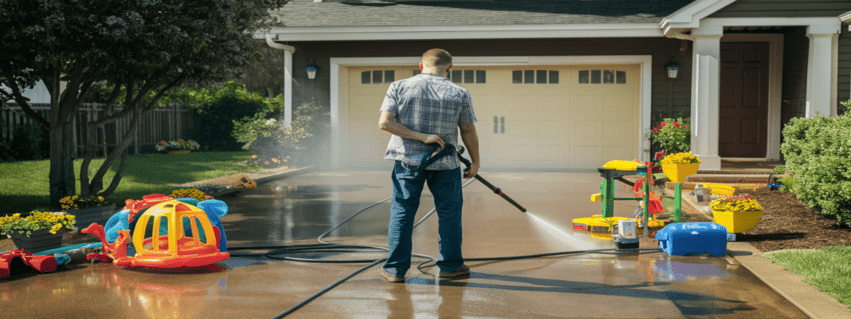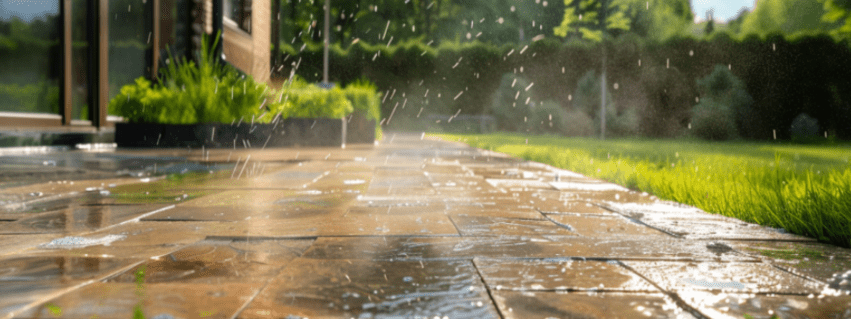Pressure Washing a Block Paved Driveway in Barrowford
We recently carried out a pressure washing job in the village of Barrowford, Lancashire — and it’s a perfect example of how careful planning, professional equipment, and a tidy approach can completely transform a space. Here’s a behind-the-scenes look at what we did, what we used, and how we made sure the customer got exactly what they were hoping for, with no mess, no stress, and top results. The Job Brief Our customer in Barrowford had a block paved driveway and composite fencing that had seen better days. Moss and weeds had taken root between the joints, not just unsightly, but a sign that deeper treatment was needed. There was visible moss, weeds, and algae growth, and the homeowner was keen to find someone who could use chemical treatments safely and professionally. His goal was simple: a clean finish, done right, with minimal disruption and maximum care. Our Approach: Careful Planning & The Right Tools Before starting any job, we always assess the condition and any potential risks. In this case, the main concerns were: Drainage on the driveway Making sure nearby passersby weren’t affected during the clean We decided on a two-part approach: Soft washing the composite fencing (gentle but effective) Pressure washing the driveway with a biocide treatment, followed by re-sanding Tools Used We always invest in top-quality equipment to ensure safe, efficient, and long-lasting results. For this Barrowford job, we selected tools and treatments suited specifically to the surfaces we were cleaning: Professional-grade pressure washer:Our industrial-grade pressure washer delivers powerful, controlled cleaning without damaging delicate surfaces. It’s ideal for block paving, allowing us to lift stubborn dirt, moss, and weeds while preserving the integrity of the jointing sand. Chemical soft wash box for fencing:Composite fencing requires a gentler approach. Our soft wash system applies eco-safe cleaning solutions at low pressure, killing algae and organic buildup without risking any surface damage or discoloration. Biocide application:After cleaning, we applied a professional-grade biocide treatment to inhibit regrowth of moss, algae, and lichen. This not only keeps the surfaces cleaner for longer, but also helps extend the time between maintenance cleans. Honda GX390 21lpm Pressure Washer Pressure Washing in Barrowford – Before & After The Process The full clean took just under 4 hours. Started with a pre-treatment of the fencing Carefully cleaned the block paving using controlled pressure Applied biocide to prevent future moss and algae Re-sanded the block paving joints for a tidy finish Everything was done with minimal mess, and we took care to leave the surrounding area just as we found it. Thinking about freshening up your outdoor space? Get in touch today for a free, no-obligation quote The Results Once the soft wash and pressure clean were complete, followed by biocide application and careful resanding, the transformation was clear. What was once a weathered, moss-covered driveway and fence now looked fresh, sharp, and well cared for. The customer was delighted with the finish and impressed at how the space had been completely lifted without a trace of mess left behind. Below are a few before-and-after shots from the job that speak for themselves. Customer Feedback “I found Alex to be very professional and hugely knowledgeable. He went out of his way to explain exactly what he would be doing and why, along with the aftercare tips. To top it all, he provides great value for money. I’d highly recommend his services.” Why This Job Mattered Pressure washing might sound simple, but without the right know-how, it’s easy to cause more harm than good. This Barrowford job highlights how much of a difference experience makes: Choosing the right pressure levels Knowing when to use chemicals (and how) Understanding surface types and drainage risks Delivering a neat, lasting finish with zero disruption Thinking About Pressure Washing in Barrowford or Nearby? If your driveway or fencing is looking worse for wear, a professional clean can make a world of difference, not just to how it looks, but how long it lasts. We serve Barrowford and the surrounding Lancashire area, from Burnley to Clitheroe and beyond. Ready for your own transformation? Get in touch here for a free quote How We Can Help: If your driveway or patio needs a deep clean, we offer professional pressure washing services to remove dirt, weeds, moss, and stains. We ensure a safe and effective clean without causing damage. Contact us today on 07899 581 999 or send us a message to book your service and restore your tarmac’s appearance. We offer pressure washing services throughout Burnley, Skipton, Clitheroe, Colne and surrounding areas
Pressure Washing a Block Paved Driveway in Barrowford Read More »

